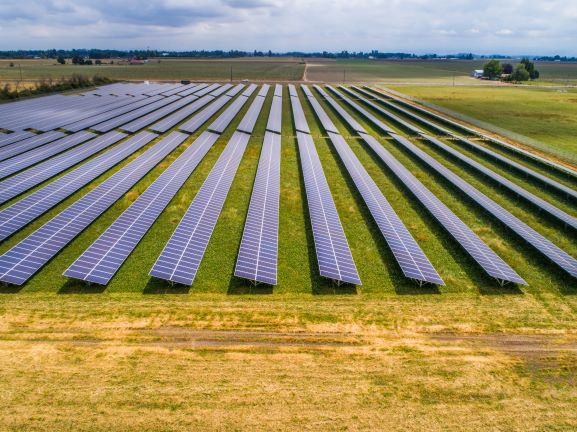
In an ideal world, a school with four to five buildings could cover its campus roofs with solar, add batteries to form microgrids and produce 10 to 20 times the amount of electricity it needs, then sell the electricity to neighbors, earning income, providing onsite education, advancing environmental justice and yielding resilience during outages.
This is also true of cities and other public entities such as irrigation districts, according to comments from five groups filed with the California Public Utilities Commission (CPUC) that support the local energy concept. The comments, from the Microgrid Resources Coalition, Climate Center, Center for Biological Diversity, Clean Coalition and Green Power Institute were part of an ongoing CPUC effort that aims to modernize the electric grid and incorporate high levels of distributed energy resources (DER).
The groups are using their filing at the CPUC as a way to reach a broader audience, including schools, municipalities, irrigation districts and other public agencies that could benefit from local energy.
Read my story here: How Microgrids and DERs Can Deliver Value to Schools and Public Agencies with Local Energy